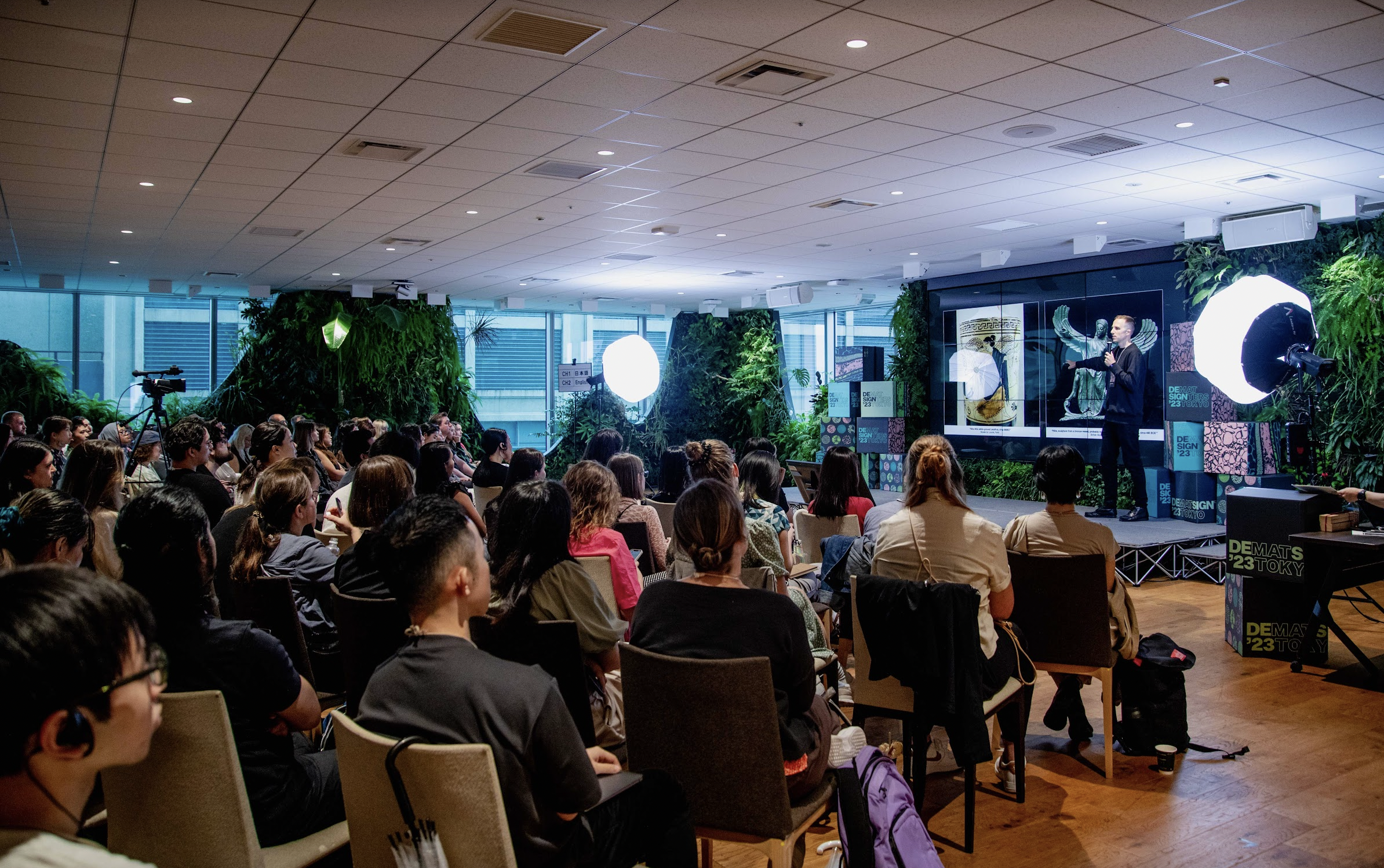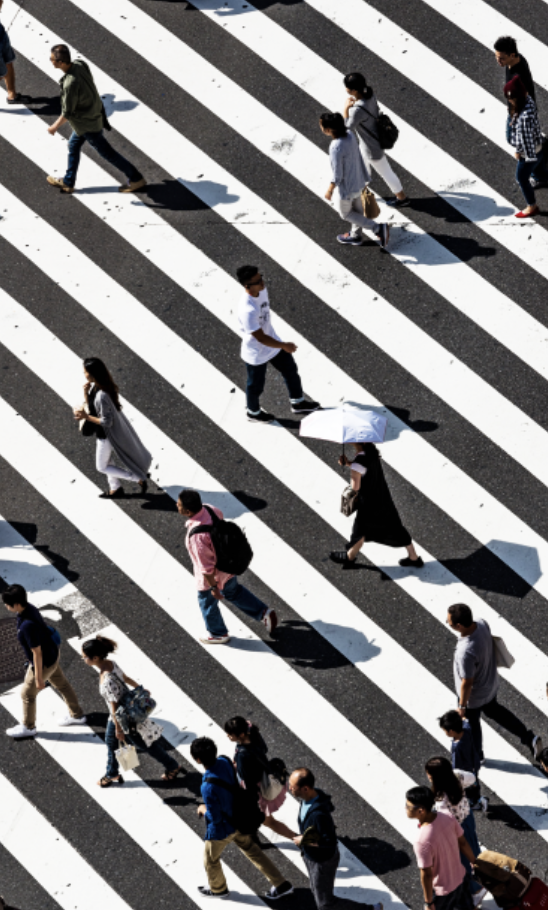HOW TO DESIGN A SOCIETY?
We know designers hold an incredible power in shaping the life and experiences of people impacting the way they navigate and interact with the world around them. Therefore, we can’t ignore the social weight that designing holds. Designing for society ultimately means designing society itself. In fact, designers have the unique ability to align with collective needs and values to create solutions. Understanding the relationship between design and institutions is crucial, as it shapes societal behavior and vice versa. In the digital age, this connection is amplified, demanding designers to navigate ethical considerations and societal impacts of technology. Businesses too hold a similar type of power and influence over local as well as global ecosystems.
This theme will explore how to design for impact, including how to invite non-designers into the design process. On a mission to help people connect more and better, this theme will look at society from a variety of perspectives; for example, how to design for people of different ages in a country like Japan where the population is aging and digitalization is spreading. Service design, city planning, and even life planning with the help of design are topics that will be tackled in this theme. We will explore a series of questions such as; How can we design for both business and society? How does policy impact design in different countries? How do we become more aware of the biases of designers and AI models? Are there other metrics, like happiness, we can use to design, and how do we measure it? How do design and propaganda intertwine?
By fostering a relationship between design and the collective, designers can contribute to the creation of a more harmonious, inclusive, and responsible societal evolution. Join this call to wield design as a tool for positive transformation, recognizing its profound influence from and on institutions and the pivotal role it plays in the ongoing digital revolution.






